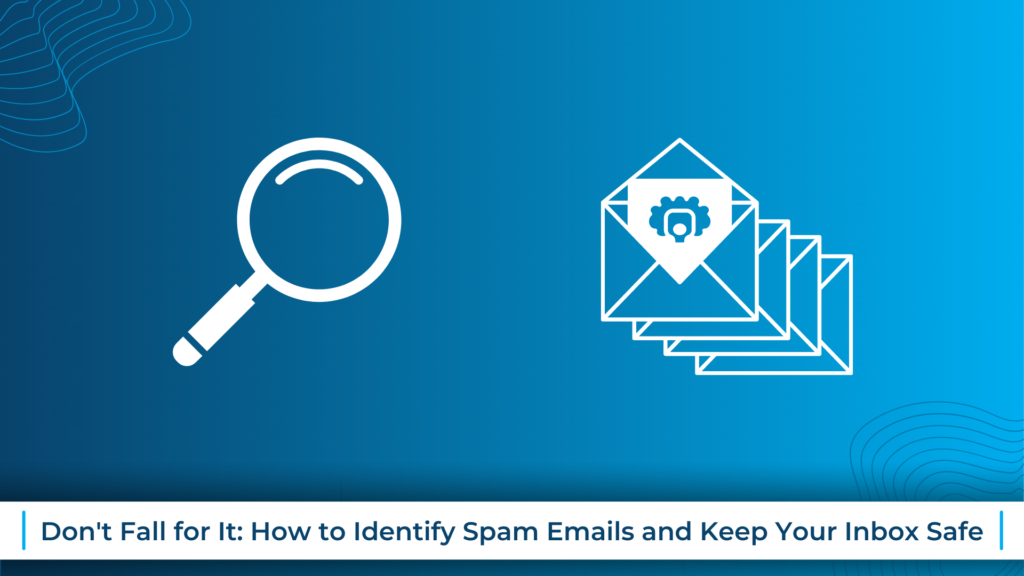
How to Identify Spam Emails and Keep Your Inbox Safe
Around 347 billion emails are sent and received each day. Of these, around 56% are considered to be spam. Spam emails are a nuisance that most of us have to deal with on a daily basis. These unwanted messages can clog up our inboxes, potentially contain harmful links or attachments, and waste our time. Fortunately, there are several ways to identify and deal with spam emails.
Do you know the sender?
One of the most obvious signs of a spam email is an unsolicited message from an unknown sender. If you didn’t sign up for a mailing list or otherwise request information from the sender, it’s likely to be spam. Additionally, spam emails often have generic subject lines, such as “Congratulations!” or “Important information about your account.”
Urgent language
Another common characteristic of spam emails is the use of urgent language in the subject or body of the message. Spammers often use words like “urgent,” “important,” or “time-sensitive” to try to trick recipients into opening their emails. Be wary of any emails that make you feel like you need to act quickly or else something bad will happen.
Check for the use of a fake email
30% of people unintentionally open a phishing scam email, it is important to make sure the email is a legit one. Spammers use fake or spoofed sender addresses to try and get their emails past spam filters. They might use a sender address that looks similar to a legitimate one, or they might use a name that is familiar to you. Be sure to double-check the sender address of any email you’re unsure about.
Here are some key differences in a spam emails and real emails
 Are there any suspicious looking links?
Are there any suspicious looking links?
Another way to identify spam emails is to look out for emails that contain suspicious attachments or links. Spammers often use attachments or links as a way to spread malware or steal personal information. Be extra cautious when it comes to opening attachments or clicking on links in emails from unknown senders.
Spam filters
Finally, you can also use spam filters to automatically identify and move spam emails to a separate folder. Many email providers have built-in spam filters, and there are also third-party spam filter apps that you can use. Be sure to check your spam folder regularly to ensure that legitimate emails aren’t being accidentally marked as spam.
In conclusion, identifying spam emails can be tricky, but by being aware of the common characteristics of these messages and using the tips outlined above, you can reduce the amount of spam in your inbox and protect yourself from potential harm.
To make managing your businesses emails easier and protect against spam emails, have a look at Genmar’s hosted email services – Email Hosting Services in London | Bishops Stortford | Cambridge | Essex | Hertfordshire – Genmar IT
Comments are closed.